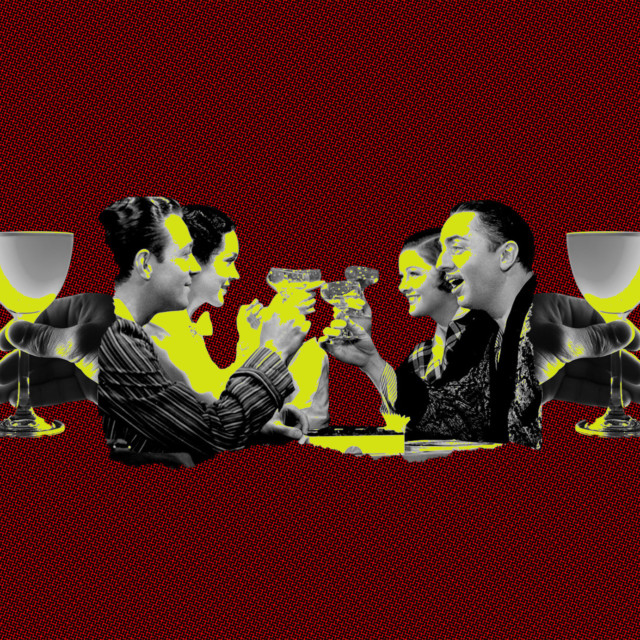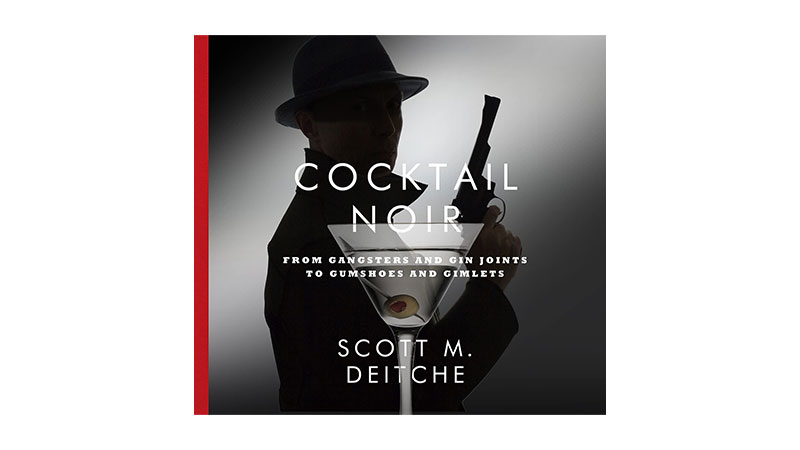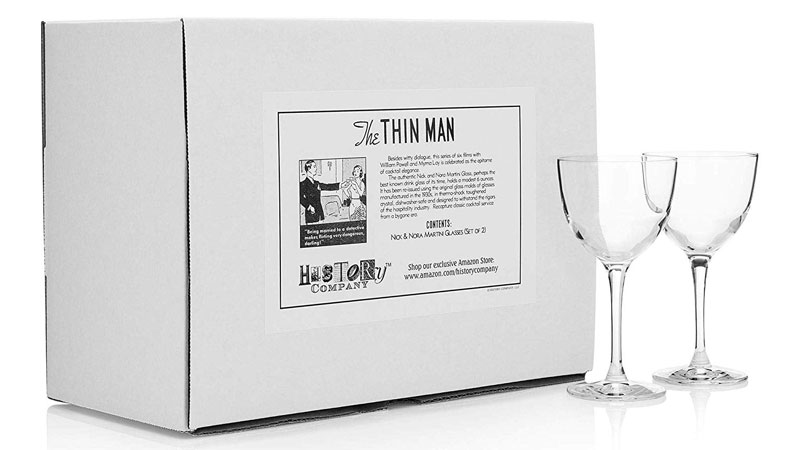Drinks have featured in films and literature for ages. In films, we watch a protagonist sipping on a drink either in sorrow or celebration; in literature, we read about those experiences and understand their utility in telling the story. And while drinking and pop culture go pretty much hand in hand these days, back in the 1920s, ‘30s, and ‘40s, these books and films would help to popularize cocktails and influence modern American cocktail culture.
American crime fiction that would later be turned into classic films would celebrate drinking in dank, dark watering holes with hard-boiled detectives sipping on soon-to-be classic cocktails. Think of the Gimlet in Raymond Chandler’s “The Long Goodbye,” the French 75 from “Casablanca,” or the Martinis that Sam Spade would slam back in “The Maltese Falcon.” And, though decidedly not a hard-boiled detective, we can’t forget Marilyn Monroe’s Sugar Kane, who enjoys a good Manhattan in “Some Like It Hot.”
The mere mention of a certain cocktail in a book or used as a prop in films helped to propel it into popular culture, causing the masses to seek it out in bars or at home. According to Robert Simonson, cocktail and drinks author and historian, depictions of drinks and drinking in books and then films helped to set the stage for cocktail culture as we know it today.
“Cocktail culture had been exported to the rest of the world beginning in the late 19th century and, during Prohibition, places like Europe and Cuba served as incubators for that culture,” says Simonson. As bartenders from the States made their way to other countries, so too did artists and writers who felt alienated in their country. This was especially true of many Black artists, who left the States to escape racism and discrimination for more freedom that they obtained by living abroad.
“The Lost Generation of novelists who moved to Europe in the 1920s, following World War I — people like Hemingway and Fitzgerald and Malcolm Cowley — chronicled that expatriate life and its indulgent drinking habits very well through their books,” Simonson continues. “Following Repeal, and the advent of sound films, cocktail culture made the leap to film — put there by directors and screenwriters who had experienced Prohibition-era overseas drinking and speakeasy culture firsthand.” And when the general public read these books or watched these films, they naturally wanted to copy this glamorous lifestyle.
“Characters in the polished comedies of the era signaled their sophistication and worldliness by tipping back a Martini, making up drinks for guests at home, or ordering well in swank bars and nightclubs,” Simonson says. And as how many of us experience pop culture today, “Film audiences emulated them.”
In “Cocktail Noir: From Gangsters and Gin Joints to Gumshoes and Gimlets,” author Scott Deitche explores how drinks, bars, and cocktail culture feature in crime movies. “Film noir, as a genre, was rife with great cocktail scenes, whether straight drinks in dive bars or glamorous parties with sophisticated cocktails,’ says Deitche. “You could even stretch that to the ‘Thin Man’ movies, which, while not noir, were crime-themed movies with a strong emphasis on the glamour of cocktails.”
While most might think of Ian Fleming’s “James Bond” series and its long history with Martinis as the cause of that cocktail’s mainstream success, it was arguably Dashiell Hammett’s “The Thin Man,” released in 1934, that started its cinematic story. Released right after Prohibition, the movie portrayed the boozy duo of Nick and Nora, always with drinks in hand. “Nick and Nora Charles drink copiously in the film, going from one cocktail to the next from opening credits until the end,” Simonson says. “This was a sign of the times, a loud-and-clear message from the director and screenwriters and actors that the cocktail hour was back from the dead.” Grossing over $1.4 million, “The Thin Man” was a tremendous success, “so it’s certain audiences received the message,” Simonson adds.
With mixing drinks back in bars and in people’s homes, it was only a matter of time before cocktail culture began to evolve. After what was known as the dark ages of mixology, there was a golden cocktail revival. Fast forward a few decades, and bartenders were looking to that glamorous past of Hollywood for influences. Drinks like the Fitzgerald, created by Dale DeGroff at the famous Rainbow Room, popped up on menus, as did the Hemingway Daiquiri. At this point, the references to that era are countless. So, grab an old book or watch a classic film — it may lead you down the path of some new cocktail discoveries that you might not have noticed before, but somehow feel so modern.


